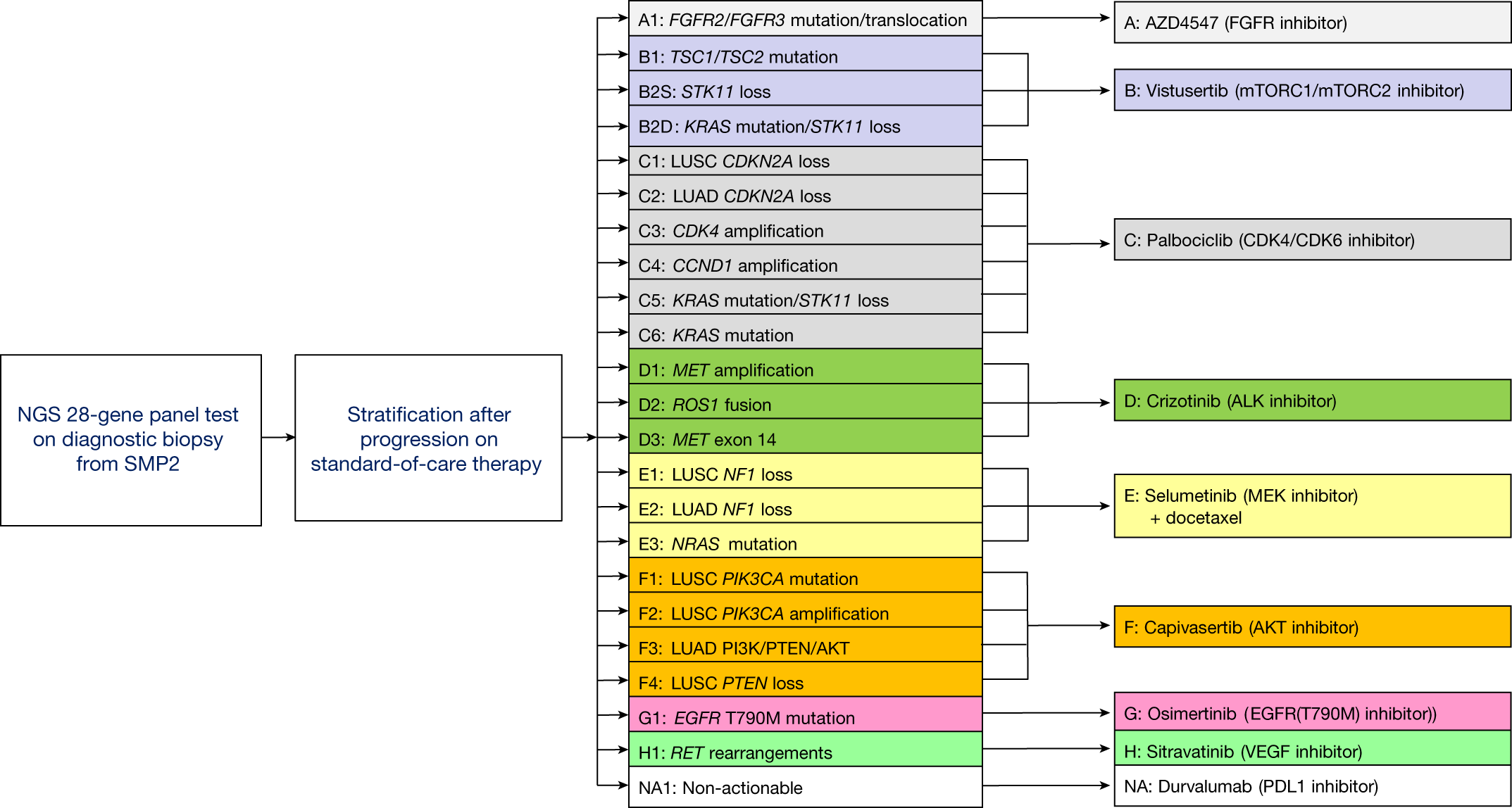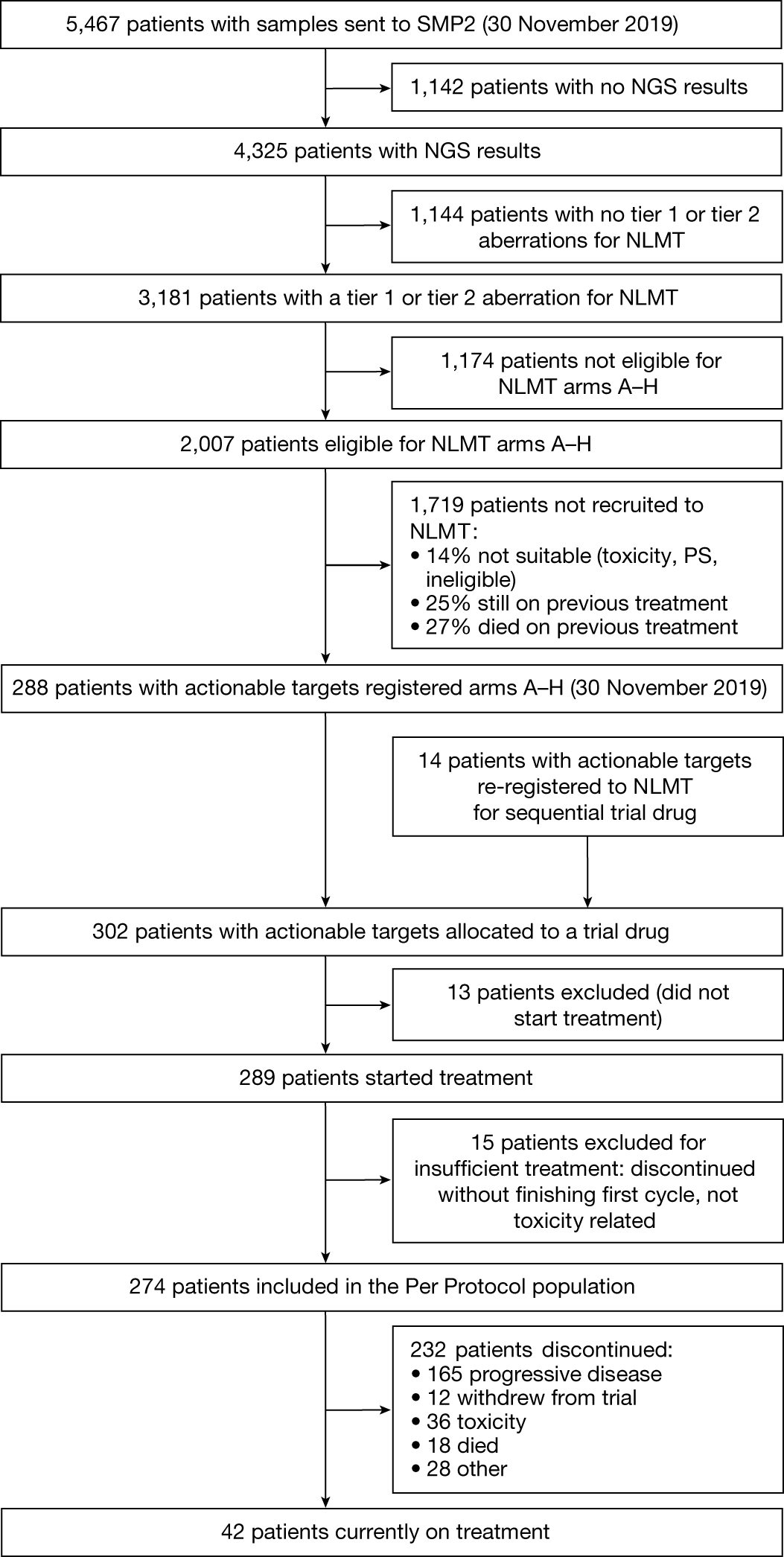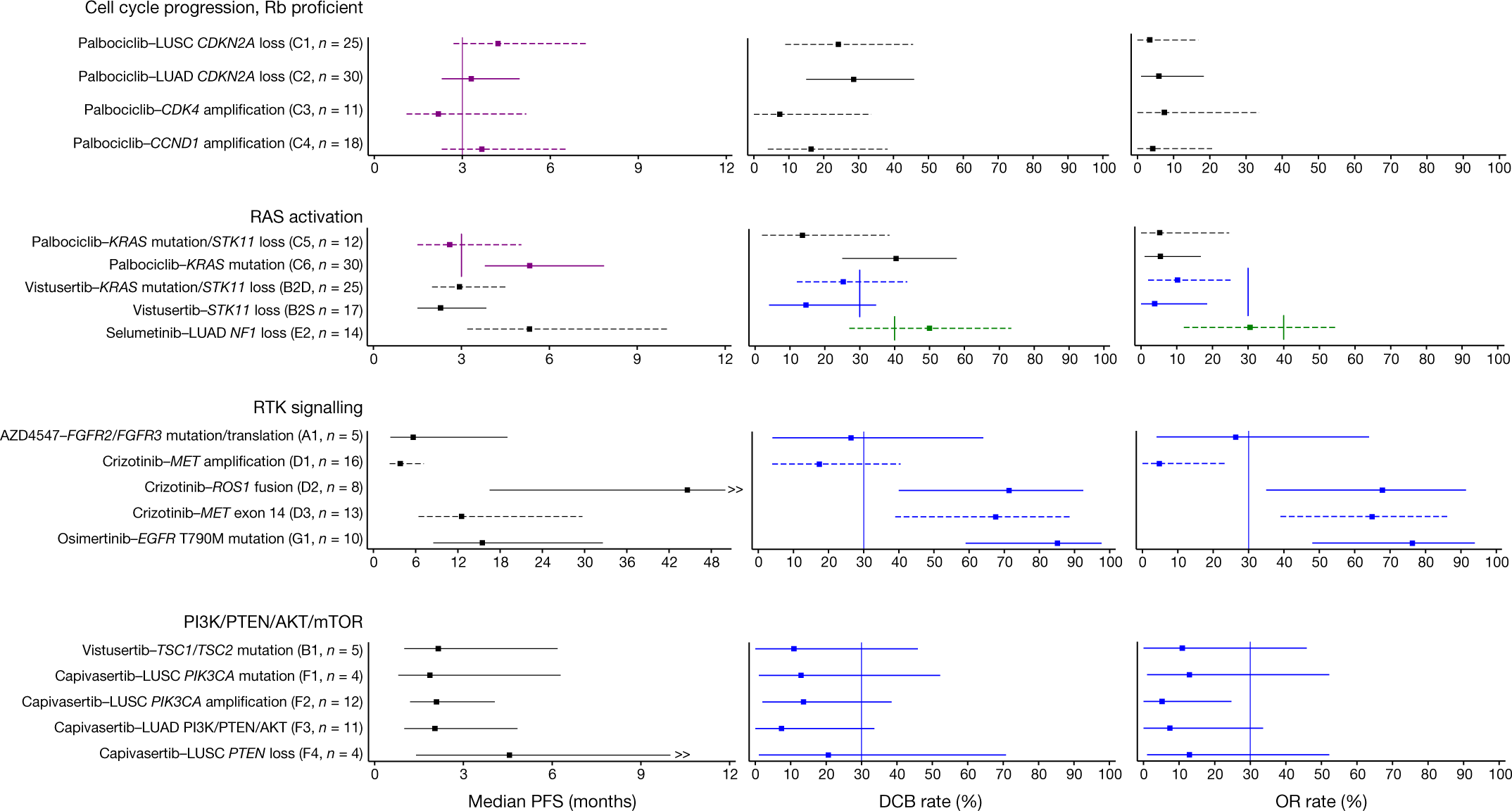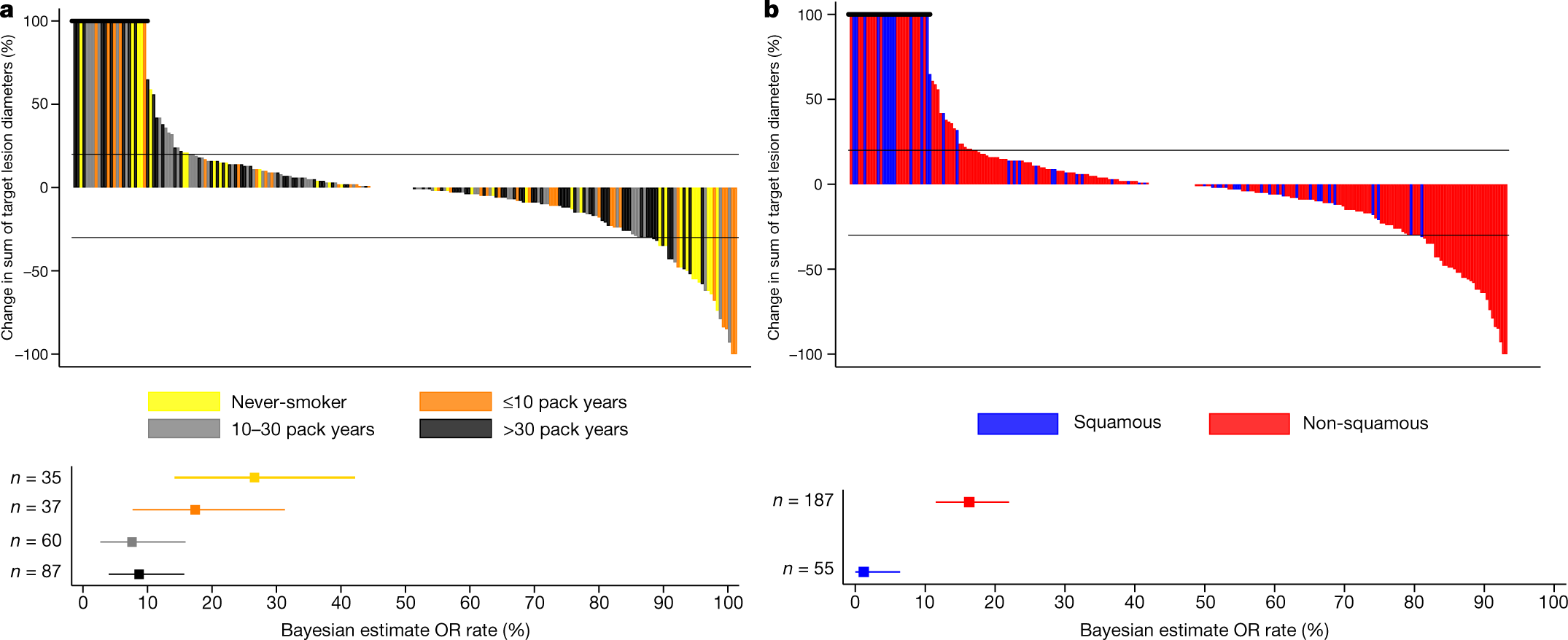NNadir
NNadir's JournalThe Genome of the Last Surviving Member of an Order from which Dinosaurs, Birds, Mammals...
...and modern reptiles evolved has been sequenced.
The paper to which I'll refer is this one: The tuatara genome reveals ancient features of amniote evolution (Gemmel et al., Nature, https://doi.org/10.1038/s41586-020-2561-9).
An amniote is an animal whose embryonic development takes place in an amiotic fluid surrounded by a membrane called a chorion. This class of animals includes all reptiles, birds, and mammals.
The paper is open sourced, anyone can read it. It describes the last member of a class of animals which once dominated the Earth before branching out to evolve as dinosaurs, birds, modern reptiles, and mammals including that somewhat destructive animal the human being.
An excerpt from the abstract:
From the introduction:
It is also a species of importance in other contexts. First, the tuatara is a taonga (special treasure) for Māori, who hold that tuatara are the guardians of special places2. Second, the tuatara is internationally recognized as a critically important species that is vulnerable to extinction owing to habitat loss, predation, disease, global warming and other factors2. Third, the tuatara displays a variety of morphological and physiological innovations that have puzzled scientists since its first description2. These include a unique combination of features that are shared variously with lizards, turtles and birds, which left its taxonomic position in doubt for many decades2. This taxonomic conundrum has largely been addressed using molecular approaches4, but the timing of the split of the tuatara from the lineage that forms the modern squamates (lizards and snakes), the rate of evolution of tuatara and the number of species of tuatara remain contentious2. Finally, there are aspects of tuatara biology that are unique within, or atypical of, reptiles. These include a unique form of temperature-dependent sex determination (which sees females produced below, and males above, 22?°C), extremely low basal metabolic rates and considerable longevity2.
A graphic from the paper:

The caption:
It's well worth a look, and again, open sourced. It's well worth a look.
If interested, enjoy...
I wish you a safe, healthy and pleasant weekend.
Our power is on again.
Everything is right with the world.
For Father's day, my family bought me the video documentary Juice: How Electricity Explains the World, which is about life without electricity in Puerto Rico - for years after the Trumpers abandoned these Americans - and, sadly, Lebanon - Africa and elsewhere. I had the electricity to watch it.
It was pretty well done overall.
Of course I knew all about this, life without electricity, after Hurricane Sandy (during which I was pretty badly injured), but the reminder connected with the tropical storm this week in New Jersey was, um, um, for lack of a better term for it, "a useful reminder."
Like Taj Mahal used to sing, "You don't miss your water, until your well runs dry."
This Immigrant Who Trump Clearly Hates, Built an Innovative Scientific Tool Company in the US.
Every day I get pop up ads in various places for scientific instruments, whether at work or at home. I usually can learn something from them, but it is not possible to open them all.
Today's ad came from a company developing innovative devices that would have been much appreciated in an earlier part of my career; regrettably I have no need for rotary evaporators, although I have a certain nostalgia for the days when they were part of my daily life.
An immigrant to this country, from Ghana, has founded a company built around an improved rotary evaporator device.
George Adjabeng
Born in Somanya, Ghana, George Adjabeng attended the University of Cape Coast in nearby Ghana for his undergraduate studies. Graduating in 2000, he received the Mendell Award for overall top chemistry student. In the fall of 2000, he moved to Brock University (St. Catharines, Canada) where he began his masters’ research with Professor Alfredo Capretta studying new and robust methodologies for palladium-catalyzed, cross-coupling reactions. There, he co-authored five internationally acclaimed articles. He left Brock in the fall of 2003 to pursue a medicinal chemistry career with Roche (Palo Alto, California). At Roche, his research was focused on infectious diseases where he co-authored two papers. In 2004, George left Roche to join GSK (Research Triangle Park, North Carolina) to pursue cancer drug research. He was awarded the Exceptional Science Award twice for making significant contributions to the discovery of new drugs. He was a discoverer and first inventor of the advanced melanoma drug, Tafinlar. His contributions on many more projects lead to the discovery of drugs, publications and many patents. In his research into infectious diseases, he independently invented a scaffold upon which a Hepatitis C Virus pan-genotype inhibitor drug was discovered. He left GSK in 2011 as a Senior Scientist and briefly held research positions at the National Institute of Health (NIH, Rockville, MD) and UNC Eshelman School of Pharmacy (Chapel Hill, NC) before venturing into entrepreneurship...
...During his MBA studies his entrepreneurial spirit was awakened and after graduating in 2010, he filed his first sole inventor patent titled Rotary Evaporator. Prior to this invention, George used rotary evaporators extensively in research for over a decade. George developed his first prototype in 2013, followed by the second prototype in 2014 and the customer-ready product the EcoChyll® in 2015. Today, he leads Ecodyst through its formative years in instrument design, engineering, manufacturing, finance, marketing, sales and customer relations.

Now you would need to have a shithole brain and an extremely primitive understanding of the world, a lousy education, and the moral level of a decomposed turnip to not appreciate Mr. Adjabeng.
Mr. Adjabeng has much of which to be proud, of course, of what he brought to his adopted country - may we be worthy of him - and it goes significantly beyond being such an idiot as to be proud of reciting "Person, Man, Woman, Camera, TV..."
The company: Ecodyst: Leading High Speed Solvent Recovery.
It is going to take a long time, a long time, before our country can erase the stain of Trumpist racism from our history.
Efficient, Reversible, and Selective Absorption of SO2 in an Emim-Cl Ionic Liquid Deep Eutectic.
The paper I'll discuss in this post is this one: Highly Efficient, Reversible, and Selective Absorption of SO2 in 1-Ethyl-3-methylimidazolium Chloride Plus Imidazole Deep Eutectic Solvents (Zi-Liang Li, Lin-Sen Zhou, Yue-Han Wei, Hai-Long Peng, and Kuan Huang, Ind. Eng. Chem. Res. 2020, 59, 30, 13696–13705).
Sulfur dioxide is a major pollutant from the combustion of dangerous fossil fuels as well as, albeit to a lesser extent, the combustion of "renewable" biomass. My interest in this paper is not connected with putting lipstick on the dangerous fossil fuel pig, nor as an endorsement of so called "renewable energy" which has proved to be, at enormous expense, yet another form of lipstick on the dangerous fossil fuel pig.
My interest is connected rather with a particular version of a thermochemical water splitting cycle, specifically, the sulfur iodine cycle which generates separate streams of hydrogen and oxygen. My considerations of thermochemical cycles has in recent years focused on other cycles, specifically those utilizing transition metals or cerium, a multivalent lanthanide, but it has always been the case that the sulfur iodine cycle - and some closely related cycles - have the advantage of requiring only fluid phases. An issue in the sulfur iodine cycle is that the oxygen generated may be contaminated with sulfur dioxide, limiting its use in oxyfuel combustion, and also suffering from reversibility. (The oxyfuel combustion of biomass under closed conditions - no smokestack - is a fairly straight forward path to recovering carbon dioxide from the atmosphere, and much safer than current procedures which are responsible for about half of the six to seven million air pollution deaths per year.)
The recent developments in ionic liquid approaches have renewed my interest in this cycle - although others offer different advantages.
These cycles are accessible by the use of clean energy, of which there is only one real form, nuclear energy. Because these cycles take place at relatively high temperatures, they also afford the achievement of high energy efficiency with managed heat flows, coming under the general rubric of "process intensification."
Anyway, from the introduction to the paper - artifacts of the translation of thoughts in Chinese to English text notwithstanding:
Given these shortcomings, developing new absorbents with low volatility, high efficiency, and good reversibility is highly demanded. Since there are many other components (e.g., N2 and CO2) in industrial tail gas, the developed absorbents should also exhibit high selectivity. To this end, ionic liquids (ILs) were proposed as promising candidates.(9?11) ILs are a class of organic molten salts and credited as “green solvents” owing to their negligible volatility. In addition, the properties of ILs can be easily tuned by tailoring the structures of ILs.(12?16) It is expected that highly efficient, reversible, and selective absorption of SO2 can be achieved in ILs. Within this regard, many functionalized ILs with excellent performance for SO2 capture have been developed by utilizing the electron-deficient and Lewis acidic property of SO2 molecules.
The authors combine two developments garnering a great deal of attention, the ionic liquids mentioned the text, and "deep eutectic solvents."
From the text:
Recently, deep eutectic solvents (DESs) started to attract considerable attention in gas separation research because they share similar features with ILs in terms of low volatility and tunable properties.(30,31) DESs are simple mixtures of hydrogen-bond acceptors (HBAs) and hydrogen-bond donors (HBDs). They have lower melting points than individual components because the hydrogen-bond interaction formed between HBAs and HBDs changes the electron distribution of molecules.(32) In comparison with ILs, DESs can be more easily prepared from commercial reagents, thus making them more intriguing from a practical perspective. Therefore, DESs are regarded as more promising candidates to achieve highly efficient, reversible, and selective absorption of SO2.
The authors add the very simple ionic liquid, ethylmethylimidazolium chloride, most often designated "emim chloride" imidazole, to imidazole, the chemical precursor to emim cations.
The structure of the emim chloride and imidazole are given in this figure:

The caption:
A table in the paper gives literature references for a number of other deep eutectic solvents utilized for the capture SO2.
Of more immediate relevance is a table of the showing viscosities as a function of composition, along with the decomposition temperatures of the mixtures.

The viscosities at room temperature (298K) are roughly equivalent, for the most dilute IL in imidazole, to that of, say, corn oil, only slightly higher. The supplementary data of the table gives the viscosities as a function of temperature, and near the temperature of regeneration reported in the paper which was around 353 K, about 20 K lower than the boiling point of water, the viscosities are quite low, not quite as low as that of water, but approaching it more closely. Note that the desorption temperature is only around 40 K lower than the decomposition temperatures of the deep eutectic solvent mixtures with the lowest concentrations of the emim-Cl. A mixture of SO2 and O2 gas from the thermal decomposition of sulfuric acid would emerge at much higher temperatures, but there is certainly an impetus to rapidly cool this gas mixture - most wisely in a process intensification setting - to prevent the rapid reoxidation of SO2 to SO3, the latter being the anhydride of sulfuric acid.
In the paper's experimental section it is noted that the viscosity is determined using a Brookfield viscometer, which is a widely used but considerably less sophisticated instrument than those provided by, say, Anton Paar, or TA instruments, which measure the full viscosity curves over a wide range of shear rates, but it is, at least illustrative.
No Arrhenius plot of the decomposition reaction is given, nor is the reaction clearly described, despite the fact that the regeneration (desorption) temperature is relatively close to that of the decomposition paper, but the paper does describe the behavior over multiple cycles, suggesting a fairly good stability:

The caption:
The reported concentrations of SO2 are quite high, approximately 15 mol/kg, which translates to over 900 grams of SO2/kg.
This data is, however, for the most viscous deep eutectic and concentrated with respect to the ionic liquid. Perhaps there are reasonable trade offs, which also seem necessary with respect to the time of regeneration.
This system is designed for the exhaust of dangerous fossil fuels, and thus the selectivity with respect to carbon dioxide and nitrogen gas are described, and not oxygen, but it is notable that the absorption depends on the lewis acidity of SO2, a property not generally associated with oxygen gas. This breakthrough graph from the paper shows the selectivity with respect to nitrogen and carbon dioxide, neither of which would be present in a sulfur iodine cycle decomposition gas:

In an industrial setting, fast analysis might prove possible using simple IR techniques.

The caption:
This quite an interesting little paper, I think, cheap and easy to synthesize reagents, readily accessible temperatures in a process intensification setting, and other features. In any case there is a long distance between an industrial sulfur-iodine cycle and the present day, but it could make for an interesting future in clean energy, the only sustainable form of which is nuclear energy.
I trust you are having a safe weekend and are enjoying life as much as is possible in these tragic times.
For what change in yourself do you hope when President Biden takes office?
Mine: I want to feel less bitter, less angry, and free of wishing cruel things on people, irrespective of how evil they are.
I don't like many of the things I think; and never knew they were in me.
The National Lung Matrix Trial of personalized therapy in lung cancer
The paper I'll discuss in this post is this one: The National Lung Matrix Trial of personalized therapy in lung cancer (Gary Middleton, Peter Fletcher, Sanjay Popat, Joshua Savage, Yvonne Summers, Alastair Greystoke, David Gilligan, Judith Cave, Noelle O’Rourke, Alison Brewster, Elizabeth Toy, James Spicer, Pooja Jain, Adam Dangoor, Melanie Mackean, Martin Forster, Amanda Farley, Dee Wherton, Manita Mehmi, Rowena Sharpe, Tara C. Mills, Maria Antonietta Cerone, Timothy A. Yap, Thomas B. K. Watkins, Emilia Lim, Charles Swanton & Lucinda Billingham, Nature 583, 807–812 (2020))
The authors are all from the UK, where everyone has died from having a single payer health care system, as well we know from the Pravda/Völkischer Beobachter of America, fair and balanced FOX News, the official mouthpiece of Dr. Trump and the chloroquine demon seed doctors, and official Jim Jones Memorial Koolaid Kure-all Klub (KKK).
Cancer, as most people know, is not actually one disease, and it turns out that even cancers in and of particular organs are not single diseases. For example, in breast cancer, there is ER+, PR+, HER2+ and triple negative. These are not equivalent diseases. My sister-in-law had ER+ cancer - I wept for joy when I found this out, of course, after finding out that she had cancer since ER+ is treatable - and her cancer proved quite treatable; she kept her breast and is 5 years into remission after surgical excision, chemotherapy and radiation therapy. Other types of breast cancer are far more problematic.
It gets deeper than that on a molecular biology level, and the use of automatic genetic testing has allowed for the development of targeted or "personalized" treatment. That is the subject of this paper.
My father, a smoker who used to joke about "cancer sticks" that he "needed" died from lung cancer. Perhaps in a personalized medicine word he might have survived longer; he was dead within a few months of diagnosis.
From the paper's introduction:
Here we report the current results of the ongoing National Lung Matrix Trial (NLMT), the largest national NSCLC umbrella study. NSCLC genotyping using next-generation sequencing (NGS) is used to stratify patients into one of 22 single-arm signal-of-activity studies, testing 8 different drugs (Fig. 1). Screening was performed on the 28-gene NGS panel from Cancer Research UK’s Stratified Medicine Programme (SMP2) (details provided in Methods). To embed the programme into National Health Service (NHS) practice, the majority of tumours sequenced were obtained from formalin-fixed paraffin-embedded material surplus to requirements of the diagnostic work-up. Aberrations in targeted genes were tiered for oncogenic relevance using published data: tier 1 or tier 2 aberrations were eligible for inclusion4.
There's that NHS practice note. Terrible, terrible, terrible, right Rush Limbaugh, you bag of physical tumors not quite as bad as the tumor you've been on our culture, you racist lump of cancer eaten lard. May you rot in hell with the other racists.
Sorry. Can't help myself.
Some graphics:

The caption:

The caption:

The caption:

The caption:

The caption:
The results of the study are ambiguous, reflecting the genetic complexity of cancers, particularly in this case, among smokers, but the work presents some pathways forward:
Lung cancer, is usually a bad thing, but not always. Rush Limbaugh has it.
I happen to know it can be a very ugly way to die, and coldly and cruelly, without any sense of forgiveness, in his case all ugliness is merited.
Enjoy the rest of the weekend safely.
ACS Green Chemistry Institute Oilfield Chemistry Roundtable
I am a member, for decades, of the American Chemical Society, an organization I value highly.
But sometimes...
I am a regular reader of the journal Energy and Fuels, which is a journal which is largely devoted to the chemistry of dangerous fossil fuels, all of which I oppose.
The journal however does cover a fair amount of interesting papers on making "renewable biofuels" safe - something which as currently utilized they are not - and, in fairness, a number of papers on the topic of carbon capture, something which will be critical for future generations even in the absence of dangerous fossil fuel utilization, since they will need to clean up the waste my generation dumped on them in expressions of contempt.
Anyway here is the paper that led me to a deep sigh of grief, in the current issue of Energy and Fuels:
Grand Challenges and Opportunities for Greener Chemical Alternatives in Hydraulic Fracturing: A Perspective from the ACS Green Chemistry Institute Oilfield Chemistry Roundtable (David Harry, David Horton, Danny Durham, David J. C. Constable*, Simon Gaffney, Joseph Moore, Bridget Todd, and Isamir Martinez, Energy & Fuels 2020, 34, 7, 7837-7846 (Review))
Um...um...um...
One hears quite a bit from dumb shit anti-nukes raising the point about nuclear energy that "nobody knows what to do with the (so called) "waste," which they claim will last "thousands" or "millions" or "billions" of years depending on exactly how scientifically illiterate they are.
Since I have actually studied, for decades, the chemistry of used nuclear fuel, I can say that I personally know exactly what to do with every component of used nuclear fuel, all of which are in any case valuable, but in the minds of these people I am clearly "no one."
The number of these same people who raise the same point of whether anyone knows to do with dangerous fossil fuel waste is vanishingly close to zero.
In any case the difference between so called "nuclear waste" and dangerous fossil fuel waste is that dangerous fossil fuel waste kills people, millions of people per year and so called "nuclear waste," um, doesn't.
Whatever.
I am not going to dignify this paper with a reading. There is no such thing as "green" oil fields, or gas fields or coal fields, just there is no such thing as green so called "renewable energy," since the issue of electronic waste and heavy metal waste is challenging (for solar) and mining tailings, in particular coal mine tailings, represent intractable problems for the wind industry, which is 100% dependent on steel, and thus on coal, as well as copper and lanthanide mining.
The point I'm raising is the abuse of the word "green."
The last issue of Energy and Fuels featured a graphic of a wind turbine - which the public routinely in a completely rote manner calls "green," - even though wind energy is no such thing, and functions merely as a cloak for the gas industry. (The journal as far as I recall from going through it featured no articles on wind energy, which is just as well, unless it was raised obliquely with some silly reference to wind based hydrogen.)
The point is that we all abuse language, even members of the American Chemical Society, the professional organization of which I am a member, almost all members being scientists.
And when we abuse language, we abuse the future.
A word of warning.
I hope you're safe and well in these tragic times, and I wish you any small pleasures available to you.
Profile Information
Gender: MaleCurrent location: New Jersey
Member since: 2002
Number of posts: 33,512